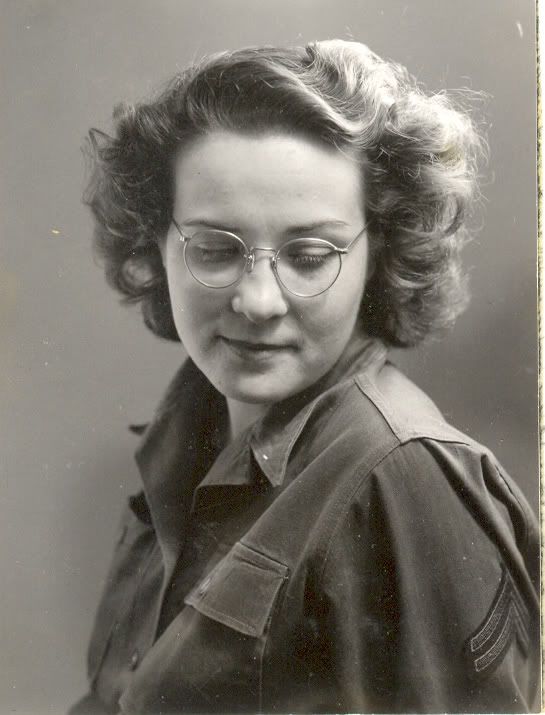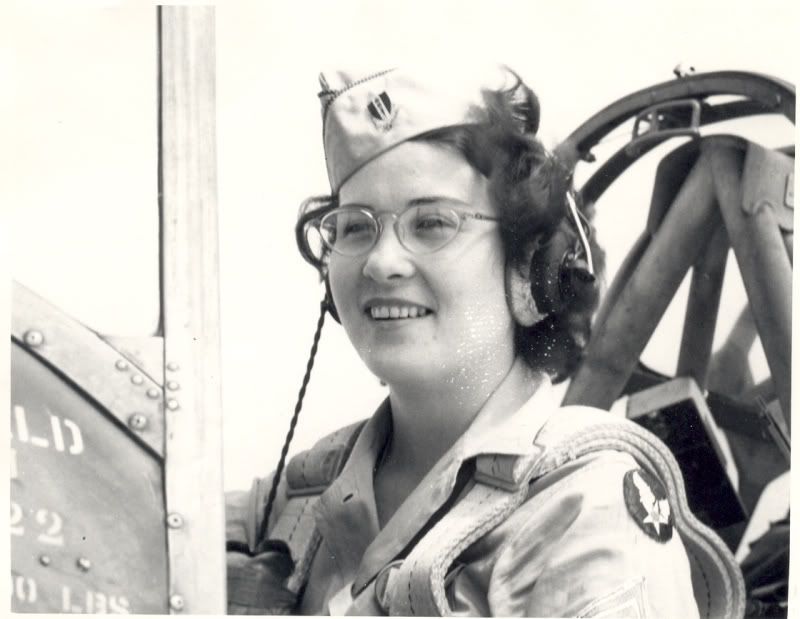American women first wore the uniforms of the United States military during World War II, when they were organized into the WACs (Women’s Army Corps), the WASPs (Women Airforce Service Pilots), the Navy WAVES (Women Accepted for Voluntary Emergency Service), the SPARs (a contraction of the Coast Guard motto Semper Paratus, “always ready”), and the Women Marines. National WAC director Oveta Culp Hobby spoke in Salt Lake in 1943, proclaiming that “This is a new age; it calls for new ways of expressing our love for our country; it makes different demands upon us.”
American women responded by joining the auxiliary corps and providing services that freed able-bodied men for combat duty. Within the first year, the WACs alone had filled enough positions to create four full combat divisions. One manual noted that some assignments were routine and others glamorous, “but whatever the job is, every WAC knows that a paper not properly routed today may mean insufficient supplies to our fighting men tomorrow.”
 Some duties were challenging and, for most women, novel opportunities. In addition to the inevitable clerical assignments, women learned to repair and operate heavy equipment and studied photography and chemistry. WASPs ferried aircraft to fields around the country and towed the targets used for practice by novice gunners. In the Chemical Warfare Service at Dugway, enlisted women “are working side by side with college professors in laboratories … They are out on the testing field, with walkie-talkies, cameras, surveying instruments. Some use meteorology instruments and others take data on dispersion,” stated a 1944 report.
Some duties were challenging and, for most women, novel opportunities. In addition to the inevitable clerical assignments, women learned to repair and operate heavy equipment and studied photography and chemistry. WASPs ferried aircraft to fields around the country and towed the targets used for practice by novice gunners. In the Chemical Warfare Service at Dugway, enlisted women “are working side by side with college professors in laboratories … They are out on the testing field, with walkie-talkies, cameras, surveying instruments. Some use meteorology instruments and others take data on dispersion,” stated a 1944 report.
They also fought the rumor mills that seemed determined to destroy women’s military service before it was fairly underway: Some Americans blamed the women for taking jobs that would have kept their sons safely in the United States. German propaganda pretended that America’s servicewomen were merely uniformed prostitutes.
But patriotic young women enlisted throughout Utah. Some came from the Navajo reservation. Bernice Taylor (who neglected to list her first name on registration papers, foiling the Army’s insistence that recruits always use their first names) came from Salt Lake’s Arapaho Avenue. Michiyo Mukai left her father’s Ogden restaurant to put on her uniform.
 Mukai was not Utah’s only Japanese American servicewoman. Joining her were Kay Keiko Nishiguchi of Garland, Priscilla Yasuda of Provo, and Ellen Fuchida, whose mother told her when she entered the service at Fort Douglas, “Okay, if that’s what you want to do, go do it and do the best you can.”
Mukai was not Utah’s only Japanese American servicewoman. Joining her were Kay Keiko Nishiguchi of Garland, Priscilla Yasuda of Provo, and Ellen Fuchida, whose mother told her when she entered the service at Fort Douglas, “Okay, if that’s what you want to do, go do it and do the best you can.”
Ruth Christensen enlisted from Providence, expecting to spend the war stateside. Instead, she spent Christmas 1943 in New Guinea. In 1944, she was transferred to Manila – a hazardous post in which to use her business training. Japanese troops still in the Philippines bombed her building, and snipers made it impossible for her to go outside.
Alberta Hunt Nicholson, an Oregon native but a graduate of the University of Utah, traded her music education for pilot’s wings with the WASPs. One of her more hazardous assignments was taking repaired aircraft for test flights to be sure they were safe for use by male cadets. Nicholson returned to music following the war but kept her pilot’s license current, and in 2001 was inducted into the Utah Aviation Hall of Fame.
Priscilla Maltby Mayden made her mark on Utah after the war. Following training as a librarian, she entered the WACs in 1944 and served in the hospital library at Santa Ana, California. She moved to Utah in 1952 – “I wanted to go someplace I could ski,” she said – then went back to Columbia for a Master’s degree in library science, and served as director of the University’s Eccles Health Sciences Library, 1966-1984.
Times change, and so have the military assignments entrusted to Utah’s women. We honor the uniformed service rendered by Utah’s women today, as well as the service of female veterans who opened the door.
photos: My mother, a WAAC/WAC of World War II.
Continue reading at the original source →



